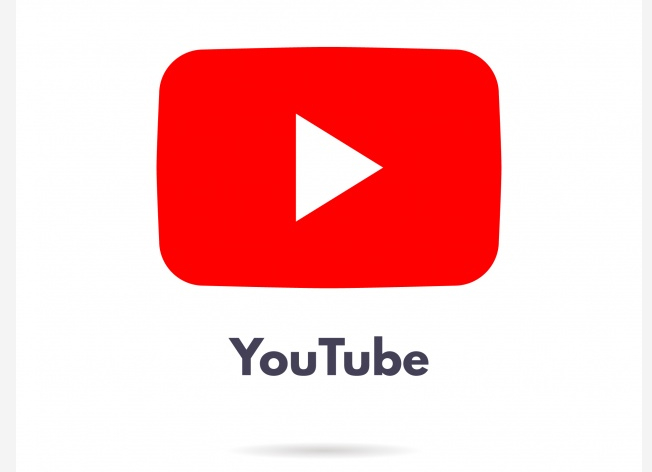You might think you know the difference between a copyright violation and fair use, but do you know the latest challenges to the difference? The fine line between what’s fair and what’s a violation continues to shape itself both in court and in arbitration.
One such case involves YouTube creator Lindsay Ellis, YouTube and Universal Music Group (UMG). Ellis has mounted a challenge to how the platform handles copyright.
The Situation
Ellis, a film critic and YouTube creator, has appealed a decision by YouTube to force advertisements on her video product in order to pay UMG residuals for a sample of two of its songs used in one of her review videos.
Ellis says that the short snippets she used in her video, “Woke Disney,” of the song “Song of the Roustabouts” from the Disney film “Dumbo” falls under the fair use doctrine. YouTube concurs with UMG that the length of the video clip exceeds fair use.
When YouTube finds a video claim of copyright valid, it may remove the video. When the use involves a YouTube creator, the site lets the creator keep the video up, but it transfers the AdSense monies made from it to the copyright holder. If the creator has no ads on the video, YouTube places ads on the video.
The Addition of Ads Is a Problem for Ellis
Ellis created the video for one of her sponsors, Audible. Audible requires her to include no other sponsorship’s. When YouTube forced ads onto her post, it put her in breach of her contract with Audible.
According to Ellis, many creators with sponsorship’s agree to turn off AdSense, a revenue earning in-video advertising. While Audible has not yet sued her or claimed breach of contract, it did send a letter to Ellis questioning the video ads insertion.
In our next blog, we will outline the policy YouTube puts forth and analyze Ellis’ reasoning behind her battle about her intellectual property and copyright.
For more questions about your intellectual property and copyright law in Canada, contact our lawyers in Edmonton today for a free consultation.

